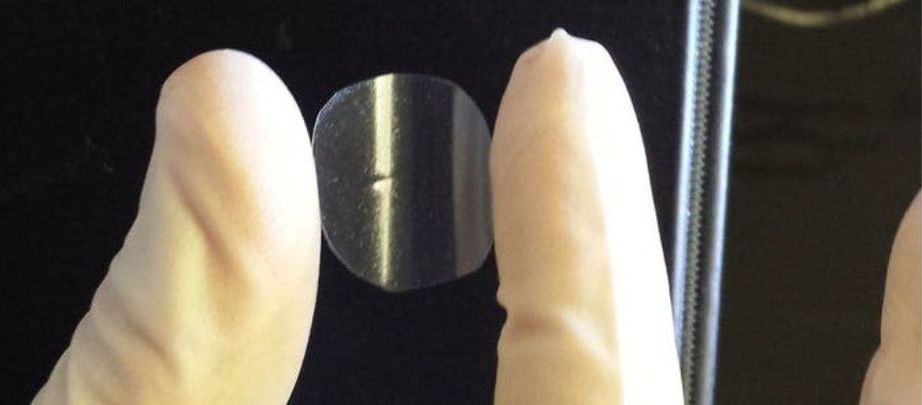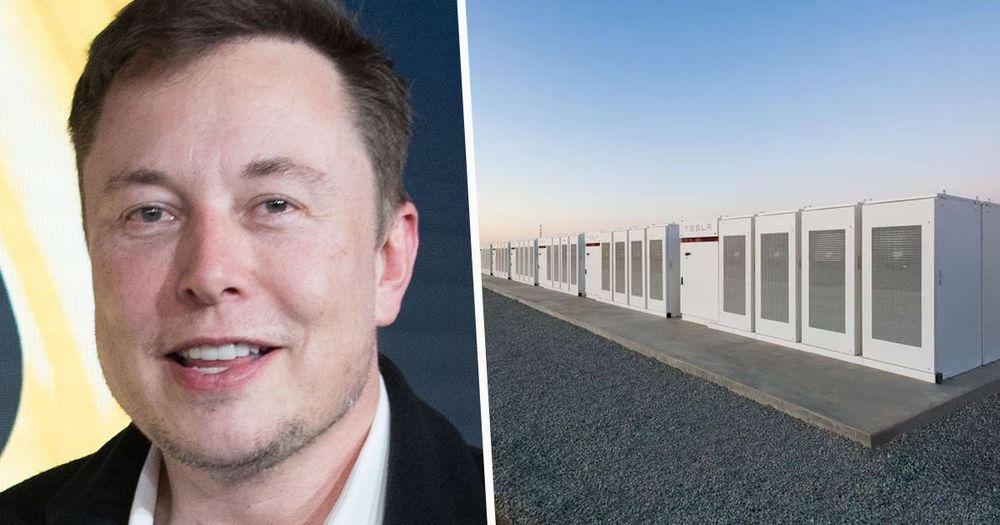YouTuber Tom Scott has a new video where he stands in front of a laser and stops it in midair. “Can this burn me?” he asks the guest expert at one point. (The answer is just, “Yeah.”)
Get the latest international news and world events from around the world.

Scientists think they’ve finally figured out dark matter
When astronomers gaze into space they can see many different things. Galaxies, stars, and even black holes can be spotted from our place here on Earth. However, one of the most abundant types of matter in the universe can’t actually be seen at all, or at least we’ve yet to invent the means to do so.
Dark matter may account for over three-quarters of all matter in the universe, but it can’t be observed directly. Instead, scientists have to infer its existence based on how other objects in the cosmos react to its gravity. But what is it, and will we ever be able to explain its origins? A new study by researchers at the University of York attempts to do just that, offering a potential explanation for what dark matter really is.
The researchers say that the secret of dark matter may rest in a type of particle called a d-star hexaquark. As SciTechDaily notes, it’s a particle made up of six quarks, which are the tiny bits that make up protons and neutrons, but because of their arrangement in a d-star, they are more versatile.


Scientists Find a Way to Create Needle-Free Vaccines That Dissolve in Your Mouth
The race is on to identify an effective vaccine for the COVID-19 virus. Once discovered, the next challenge will be manufacturing and distributing it around the world.
My research group has developed a novel method to stabilize live viruses and other biological medicines in a rapidly dissolving film that does not require refrigeration and can be given by mouth.
Since the ingredients to make the film are inexpensive and the process is relatively simple, it could make vaccine campaigns much more affordable. Large quantities could be shipped and distributed easily given its flat, space saving shape.
Coronavirus expert: ‘War is an appropriate analogy’
CEO of the Coalition for Epidemic Preparedness Innovations Dr Richard Hatchett explains the long-term dangers of the Covid-19 coronavirus — saying it’s the scariest outbreak he’s dealt with in his 20-year career. (Subscribe: https://bit.ly/C4_News_Subscribe)
——
Get more news at our site — https://www.channel4.com/news/
Follow us:
Facebook — https://www.facebook.com/Channel4News/
Twitter — https://twitter.com/Channel4News


Elon Musk Wants to Build a New Starship Every 72 Hours So He Can Colonize Mars
Elon Musk is bulking up his rocket-building workforce—big time. Ars Technica visited the Texas home of SpaceX, where Musk was calling a meeting on a Sunday “morning” at 1 a.m. There’s a lot to unpack here.
To start, Musk is worried that our window of opportunity to make it to Mars is closing—so we better hurry up. After the 1 a.m. meeting, SpaceX added over 250 new employees in two days, representing a full doubling of the workforce.
Ars Technica visited the day after the major Starship prototype implosion that made news earlier this week. The SN1 prototype blew up as a direct result of weak welds. It sounds like everyone involved knew this prototype was faulty and told Musk so when he asked, and he insists it was never designed to fly for real anyway.

Short Wave Celebrates Black Excellence In Science
Advocates for diversity in STEM have a saying: You can’t be what you can’t see. We need to do a better job of celebrating the accomplishments of underrepresented scientists, so that the next generation can more easily imagine themselves joining the ranks of the scientific community.
To close out Black History Month, we wanted to take a moment to highlight just a few of the many incredible black scientists we’ve featured so far on the show. Their bios are below, along with links to the episodes they appear in.
On Short Wave we strive to make the diversity of our guests reflect the diversity of our audience. If there’s a scientist from an underrepresented group that you know of who’s doing awesome science and you think we should feature them in an episode, drop us a line at [email protected].


AI and Machine Learning: Streamlining and Focusing Clinical Trial Recruitment
Artificial intelligence (AI) and machine learning are increasingly becoming a part of drug discovery and development beginning with identifying new compounds to structuring and designing clinical trials and targeting clinical trial populations.
A recent example came out of Linköping University in Sweden. The investigators utilized an artificial neural network to create maps of biological networks based on how different genes or proteins interact with each other. They leveraged a large database with information about the expression patterns of 20,000 genes in a large group of people. The AI was then taught to find patterns of gene expression.
And in mid-February, a drug developed using AI began testing in human clinical trials. The molecule, DSP-1181, is currently in Phase I clinical trials for obsessive-compulsive disorder. The compound is a long-acting potent serotonin 5-HT1A receptor agonist developed using AI that was part of a collaboration between Japan’s Sumitomo Dainippon Pharma and the UK’s Escientia. The AI developed the compound in about 12 months, compared to a more typical five-year process.